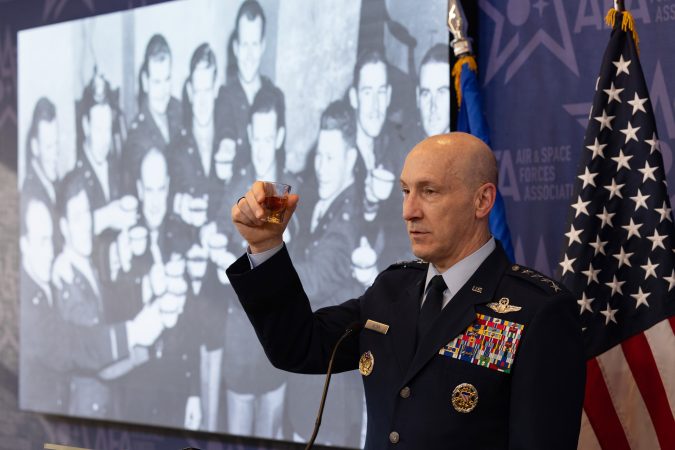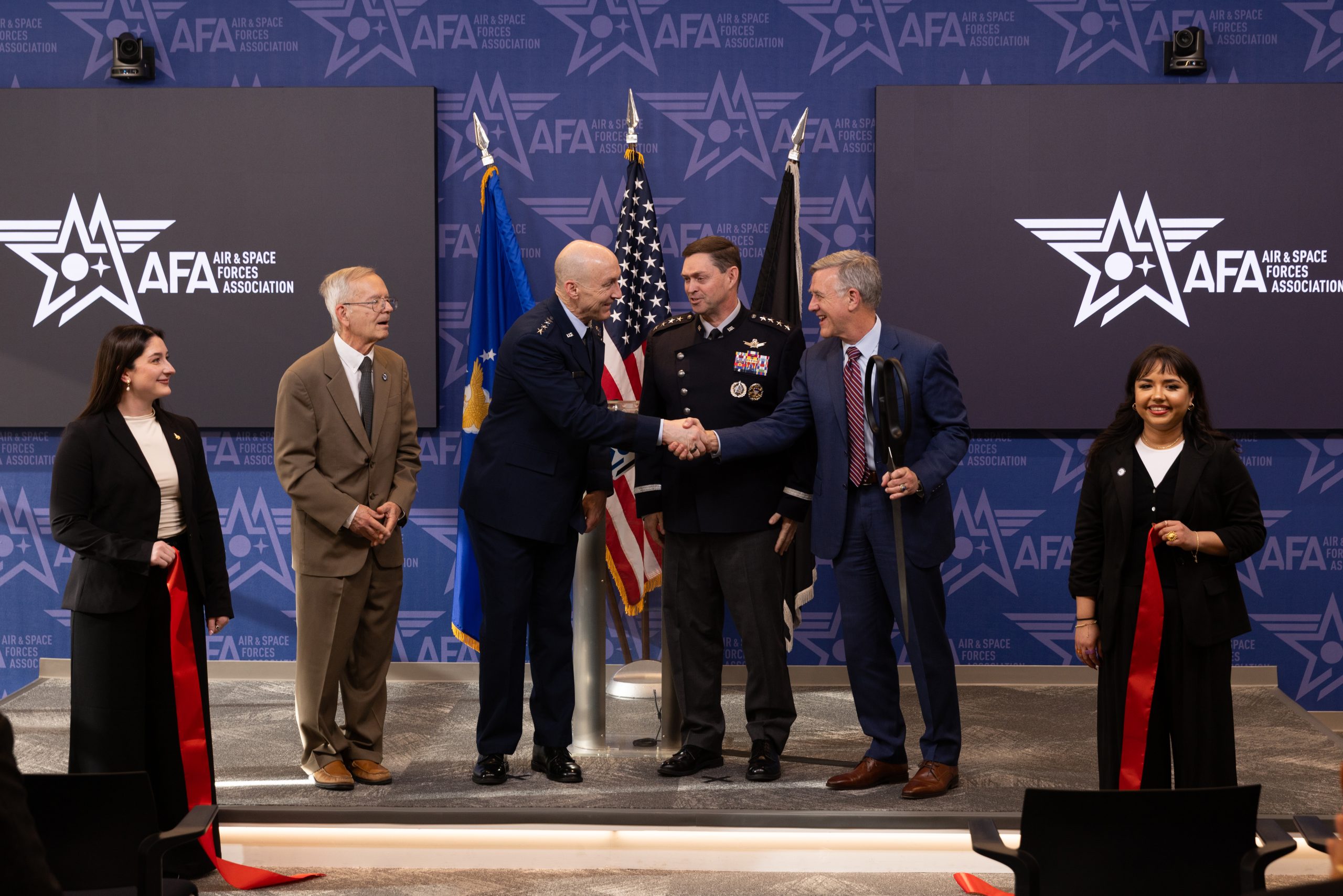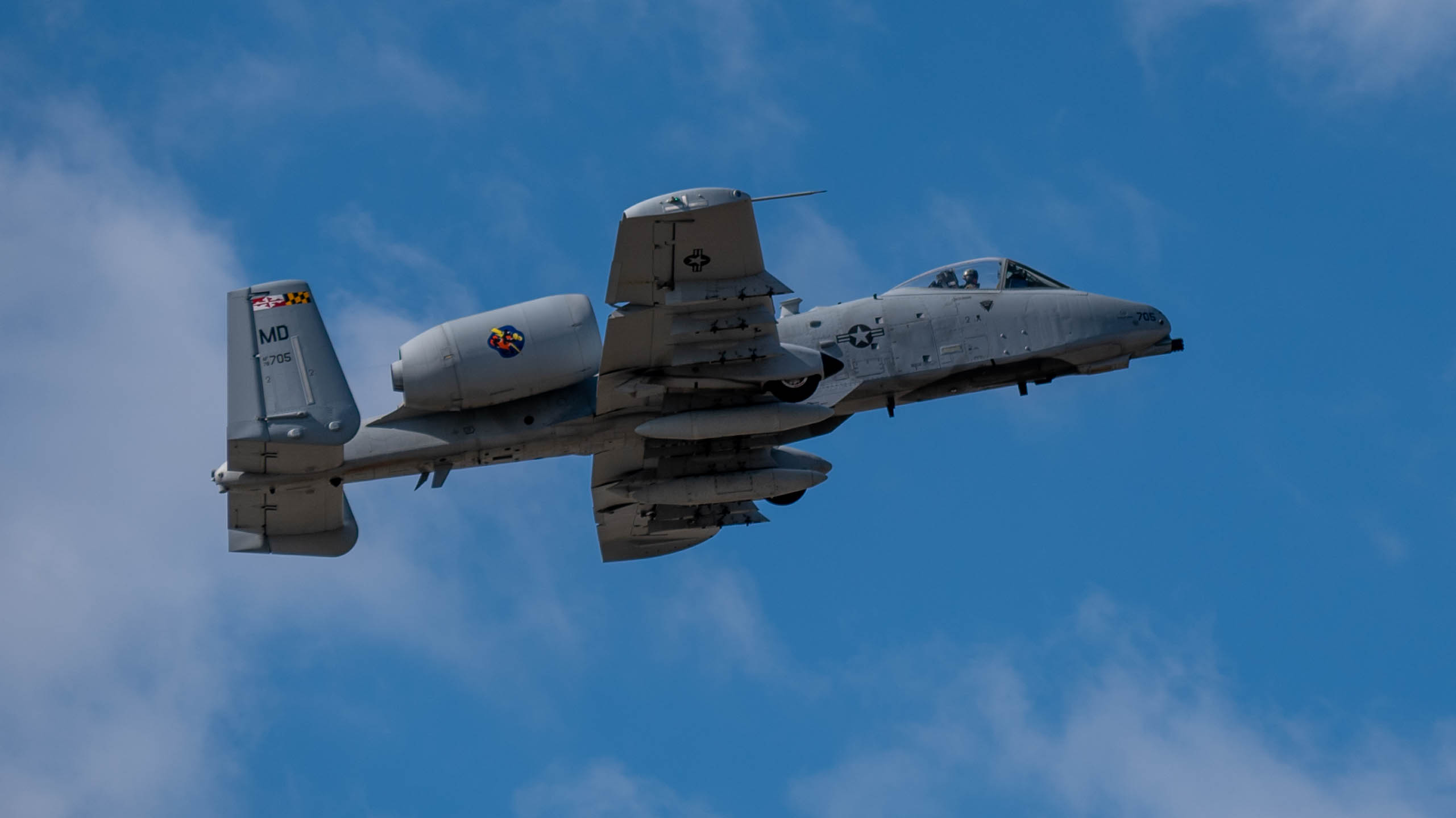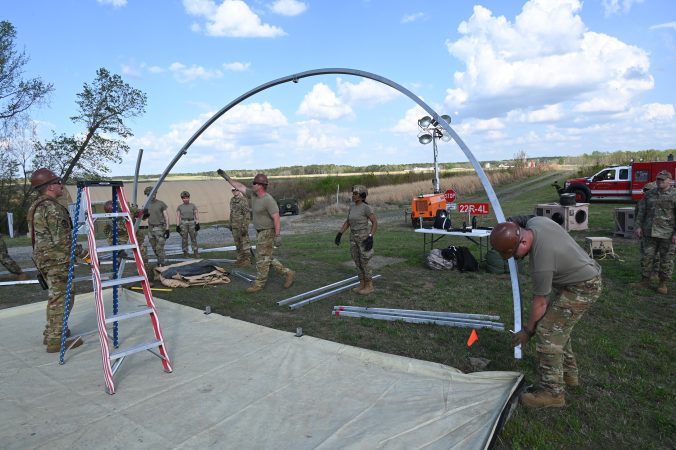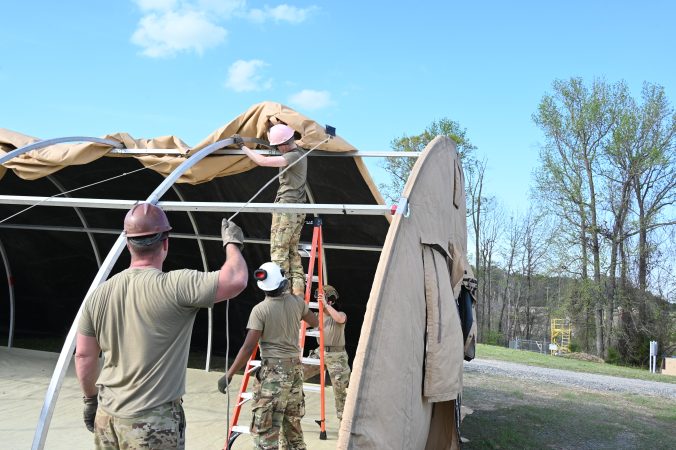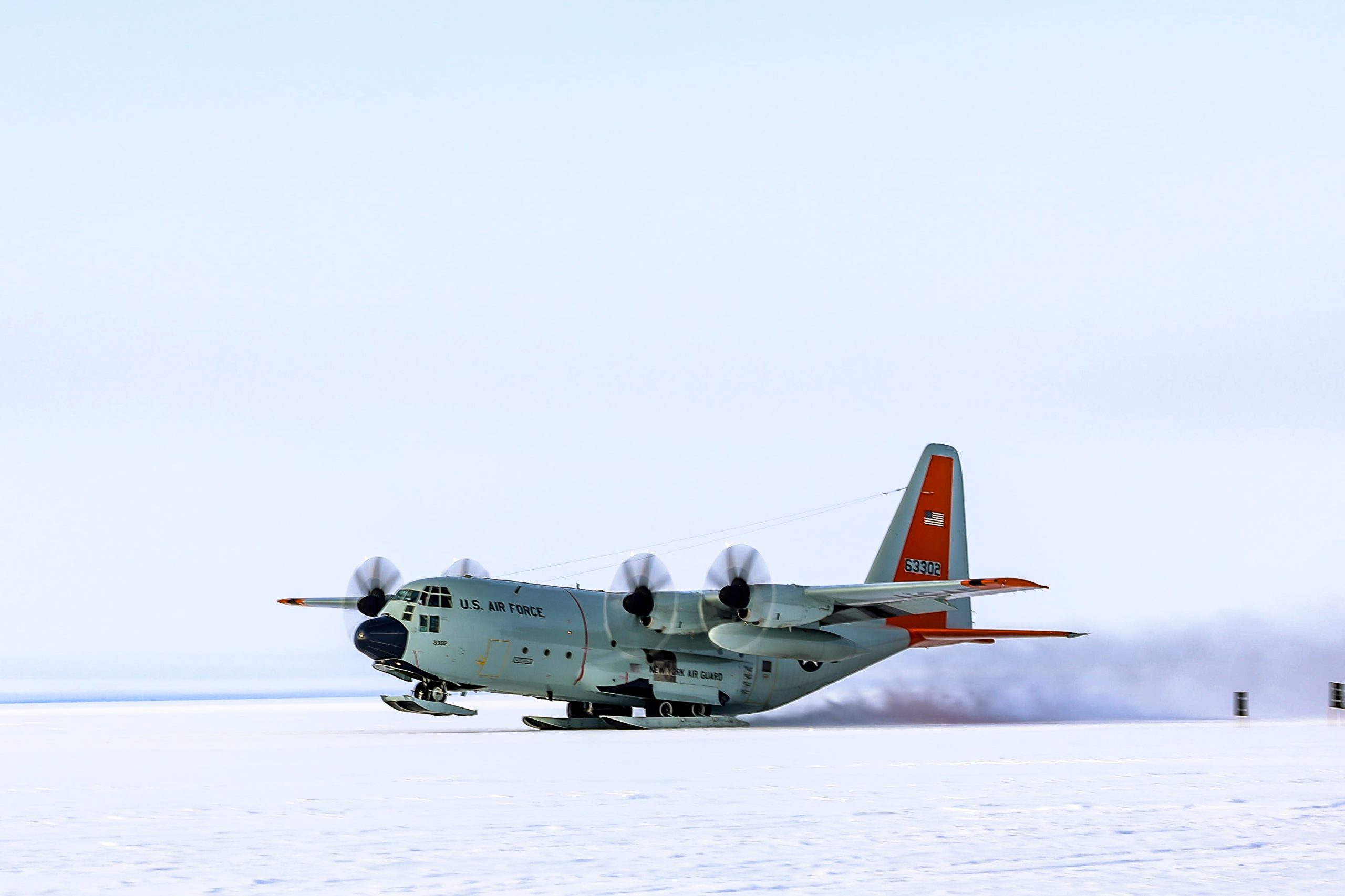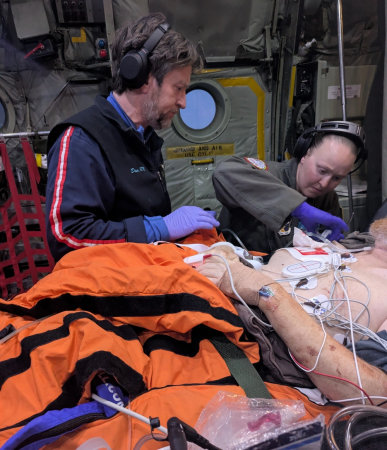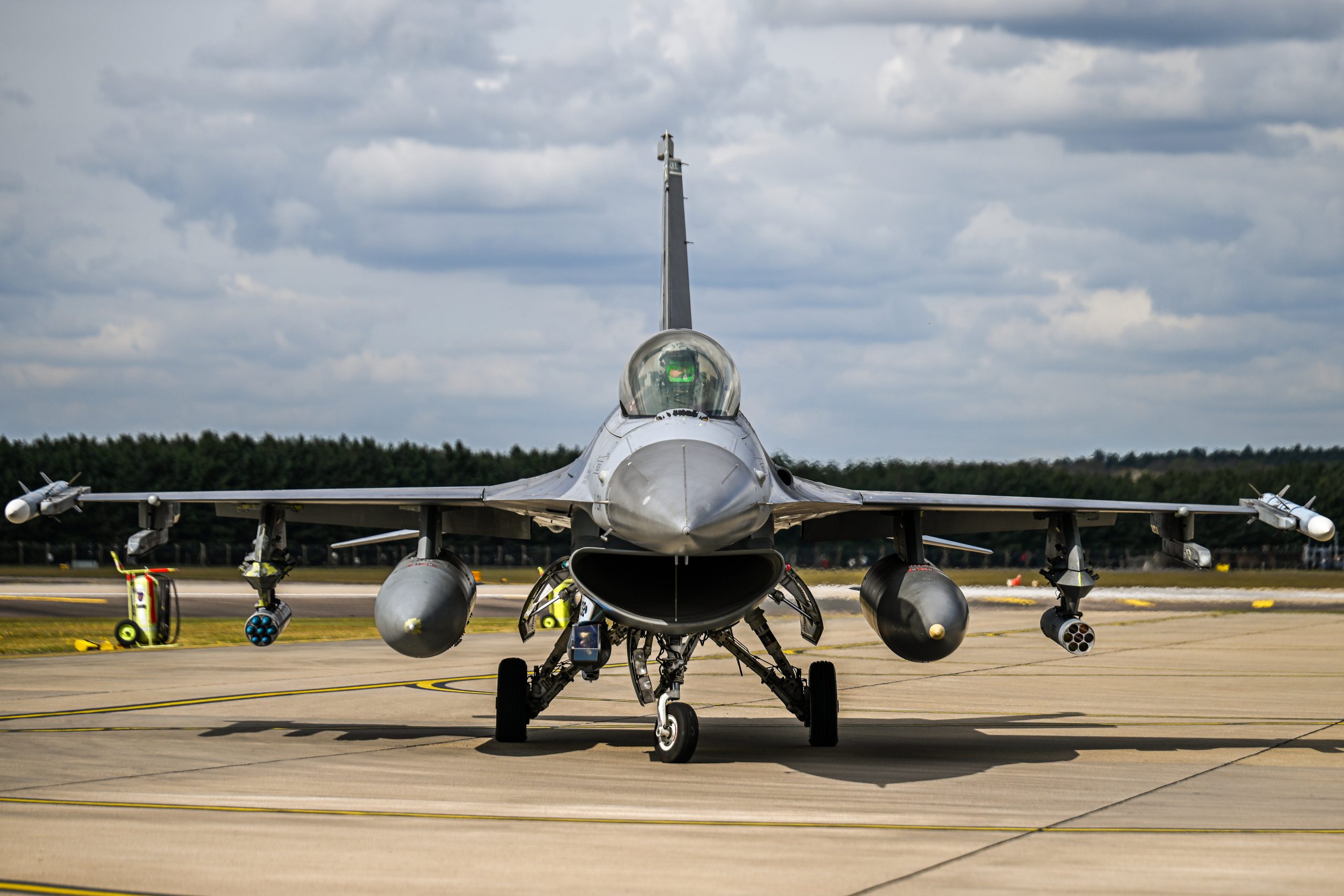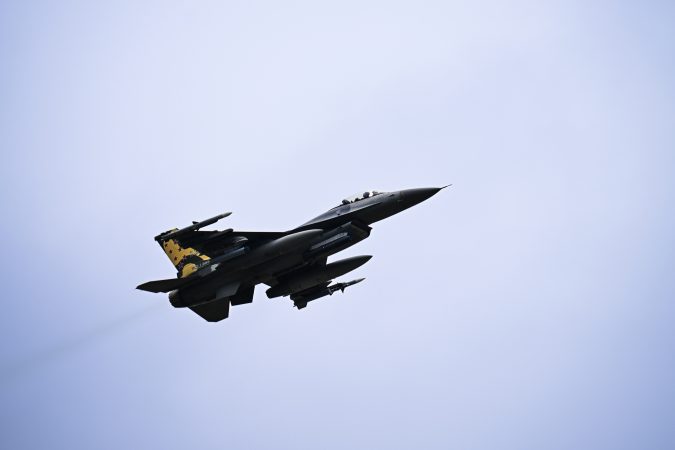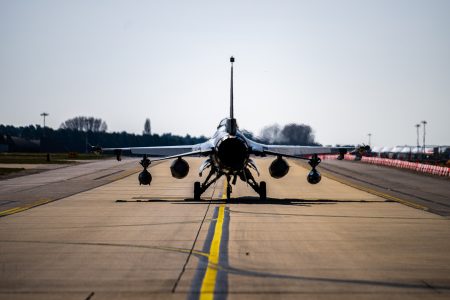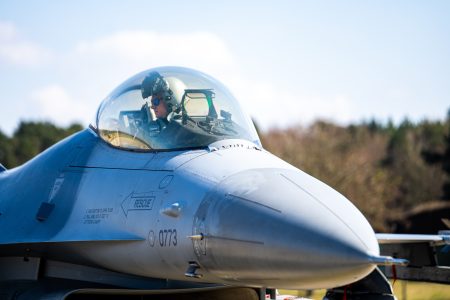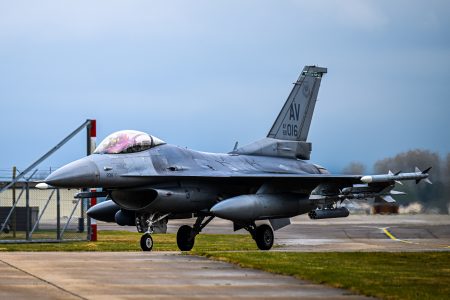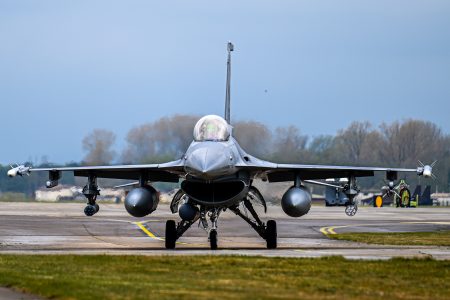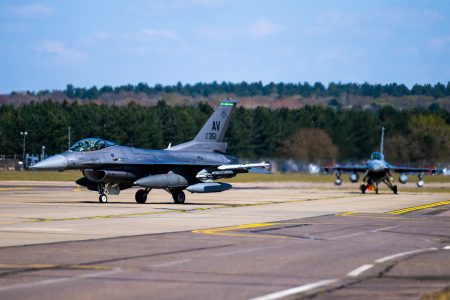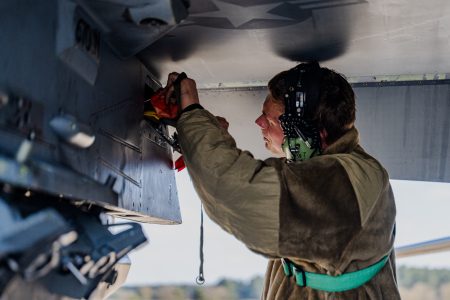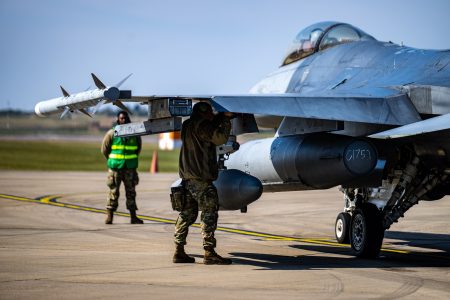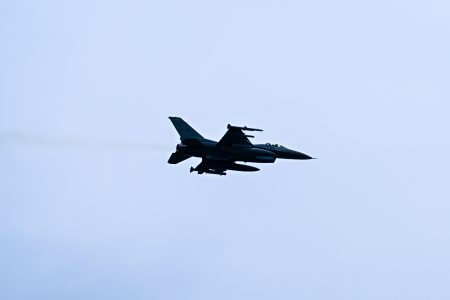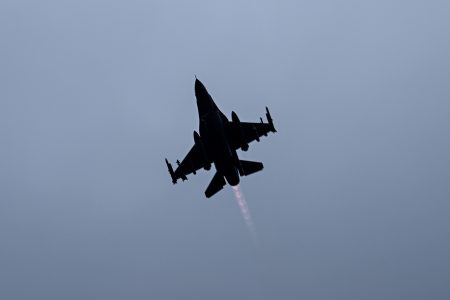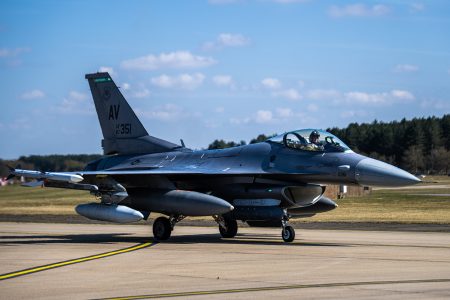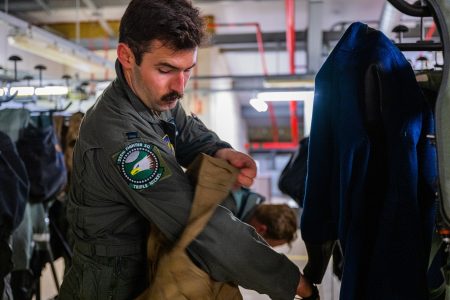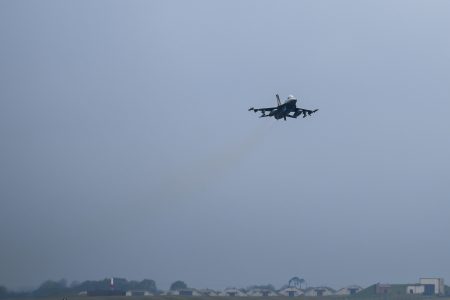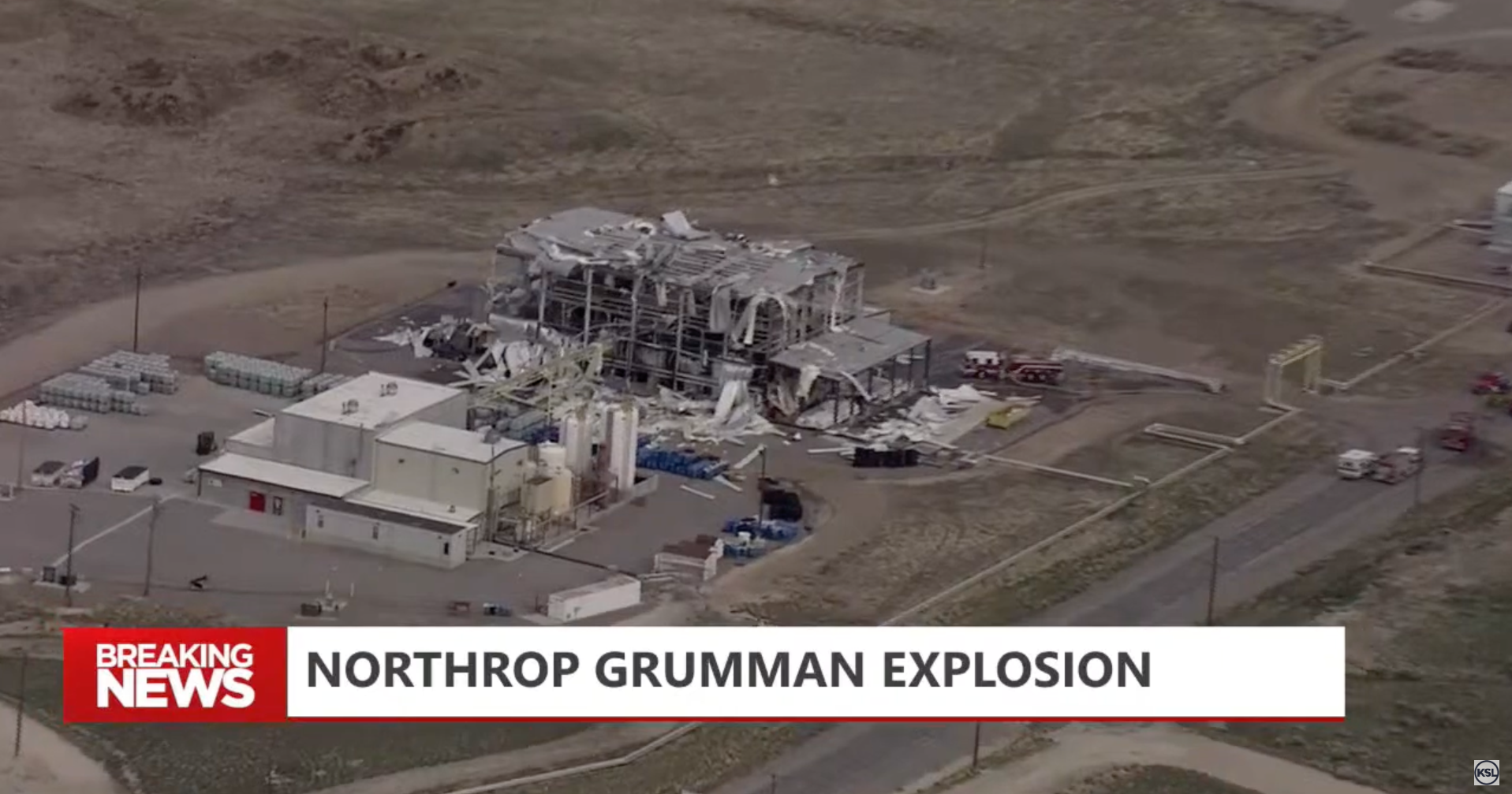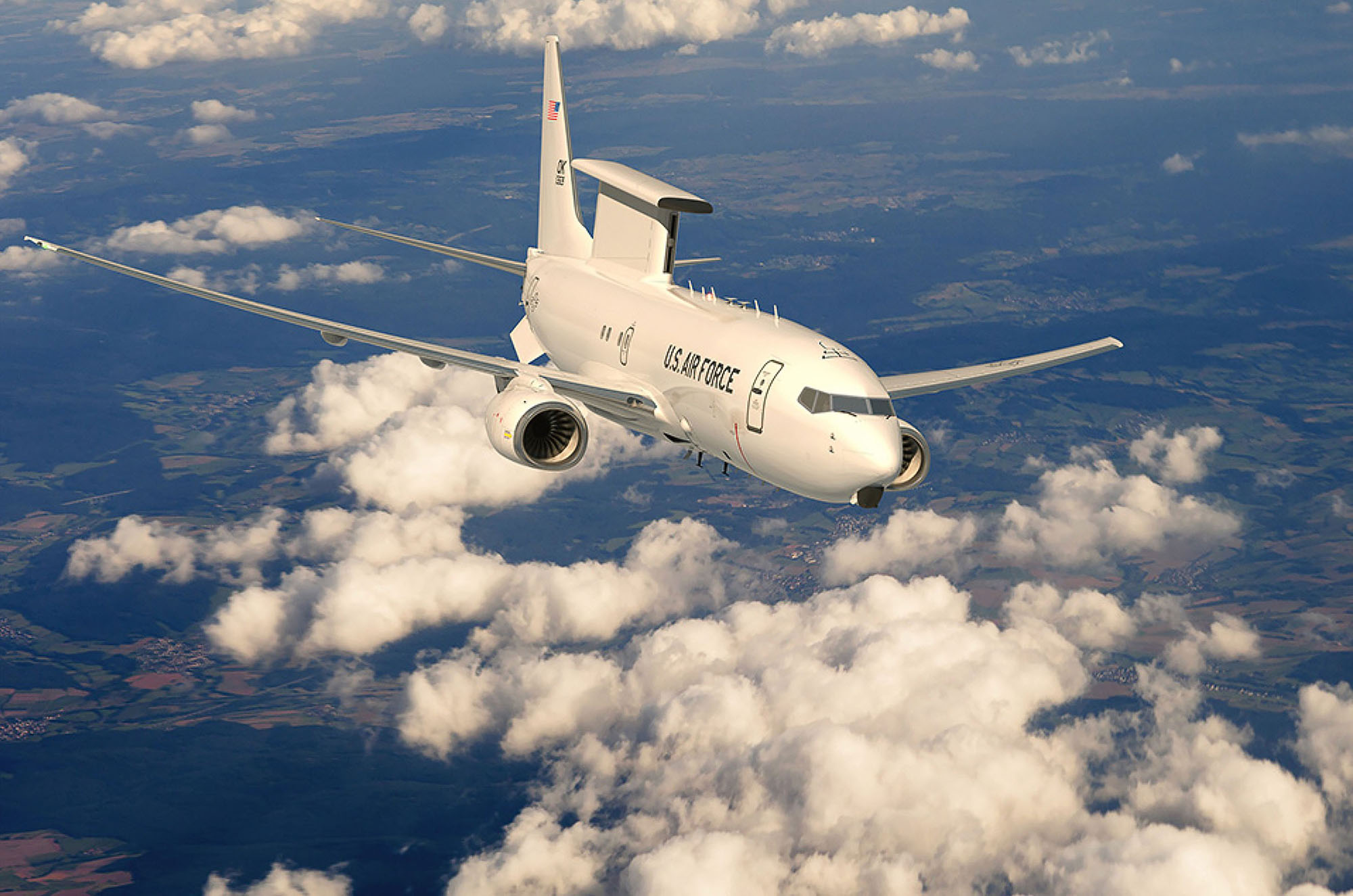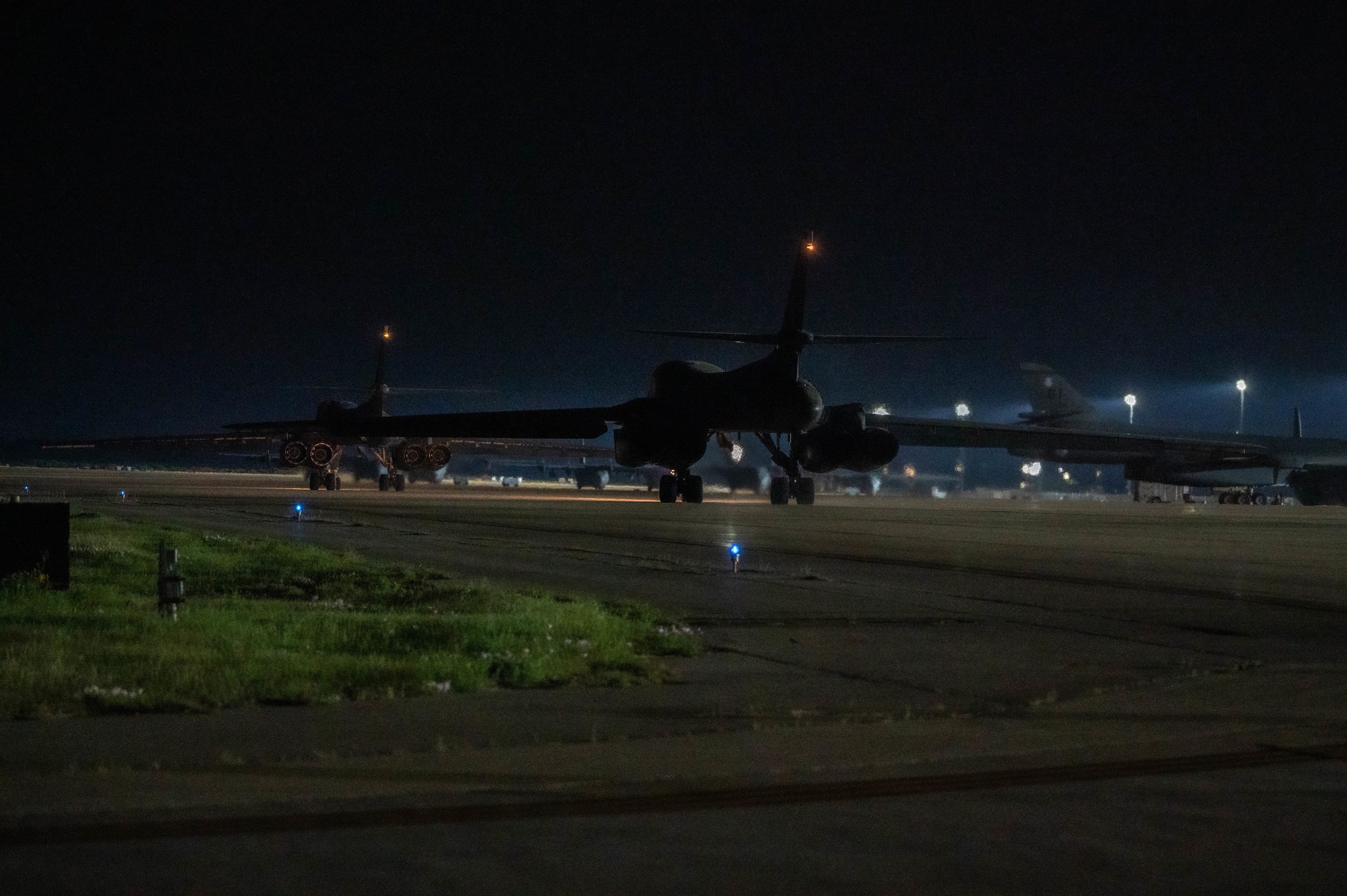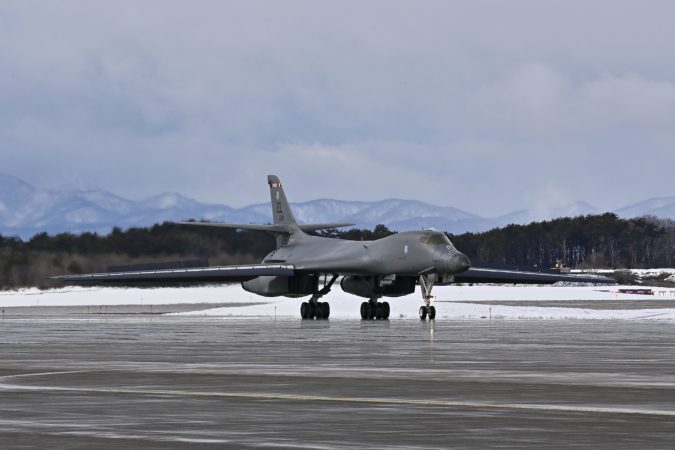The Air and Space Forces Association celebrated the grand opening of its new offices with a decades-old tradition recalling its founding president, Medal of Honor hero Gen. Jimmy Doolittle, and the stories of the Doolittle Raiders, who executed the first strike on Imperial Japan five months after the surprise attack on Pearl Harbor.
Chief of Space Operations Gen. B. Chance Saltzman and Air Force Chief of Staff Gen. David Allvin headlined a star-studded crowd of current and former military and civilian leaders.
The Raider toast dates back to the early years after World War II, when Doolittle and the other survivors began to gather for reunions celebrating the legendary April 18, 1942, raid over Tokyo. Over the years, the survivors among the 80 Airmen who executed the raid would gather to raise a glass in honor of their comrades who had died in the previous 12 months: “To those who have gone.”
The last “Doolittle Raider,” Lt. Col. Richard Cole, died a day after the 77th anniversary of the raid, on April 19, 2019.
AFA revived the toast in 2024, inviting other AFA Chapters and Air Force units to join in the celebration remotely. This year expanded the theme by tying it to the ceremonial opening of its new building in Pentagon City, steps away from the Pentagon in Arlington, Va.
“It’s only fitting that the ribbon-cutting of today’s new headquarters should segue into a ceremony that honors the men who laid the groundwork for American airpower,” AFA President and CEO retired Lt. Gen. Burt Field said. “Because really that’s how AFA started, all the way back in 1946, before there was an independent Air Force. And then fast forward to when the Space Force was established, and we altered our name. … As long as there are Airmen and Guardians, there will be an AFA advocating for them, educating the public about them, and supporting them and their families.”
Allvin was toastmaster for the occasion, which he said marked an opportunity to not only reflect on the past, but draw inspiration for the future.
“We need to celebrate these times, not only to honor the memory of those courageous Airmen, but to reignite ourselves: to think about, ‘What does it take?’ … These were not hand-selected Airmen who were trained over time. These were 80 ordinary Airmen who did an extraordinary thing. And [so] think about, ‘What can be possible?’”
Chief of Space Operations Gen. B. Chance Saltzman, speaking before the ribbon-cutting, cited Doolittle’s legacy, which goes beyond the raid.
“On the fourth of February, 1946, the Air Force Association was not founded as a veterans group, but rather as an advocate for airpower,” Saltzman said. “Thanks to the efforts of its first president, Jimmy Doolittle, the organization rapidly made its mark. It played a key role in driving U.S. government to establish the Department of the Air Force in 1947 and its campaigning helped ensure the Air Force’s status as a separate and coequal service with the Army and the Navy. It’s something I know a little bit about, and that’s not an easy task.”
Scores of Air Force and Space Force leaders past and present, industry officials, AFA employees, and guests—along with hundreds following along online—toasted “to those who have gone,” and then celebrated the road ahead.
“I’m pretty sure Jimmy Doolittle would be very, very proud of how this organization has evolved and continued to look forward,” Allvin said.
